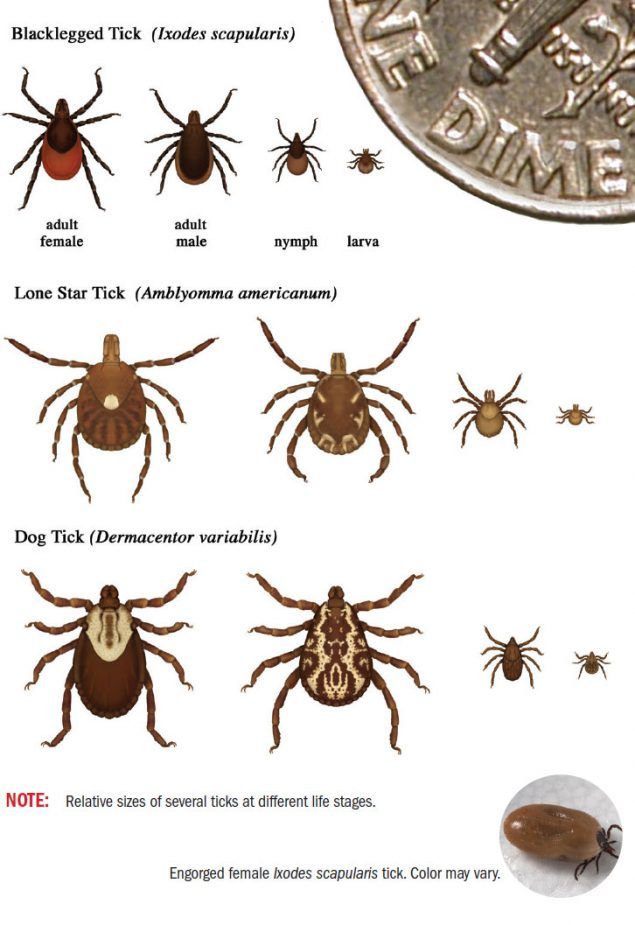Ticks & Chiggers
Adkins Arboretum is home to many plants and animals, including ticks and chiggers. While they are an important food source (one opossum can eat an estimated 5,000 ticks in a season!) and part of the ecosystem and food web, we recommend that you plan for encountering them so that you can best enjoy your visit at Adkins. Coming prepared with bug repellent, closed-toed shoes, socks, and long pants, as well as checking both yourself and your pets for ticks, are good practices for minimizing tick encounters.
Milder winters usually result in increased tick populations. Ticks and chiggers are most commonly found in tall grasses, leaf litter, and shrubs. Staying on the trail paths will help to reduce your encounters with these critters and will help to protect the habitats. Both ticks and chiggers can cause very itchy bites. Ticks are usually visible (although their first larval stage is pretty small), while chiggers are almost too small to see.
Our most common (though not our only) ticks:
The deer tick (Ixodes scapularis) can carry Lyme disease and can cause co-infection Babesiosis, Ehrlichiosis, and Anaplasmosis.
The lone star tick (Amblyomma americanum) has been associated with allergic reactions to red meat.
The dog tick (Dermacentor variabilis) can cause Rocky Mountain spotted fever.
While chiggers are not known to carry or transmit disease or infection, their bites are very itchy and can be numerous!
Helpful resources:
Ticks and Associated Pathogens
** This information is intended for education only. If you have any medical concerns, consult your doctor. **


